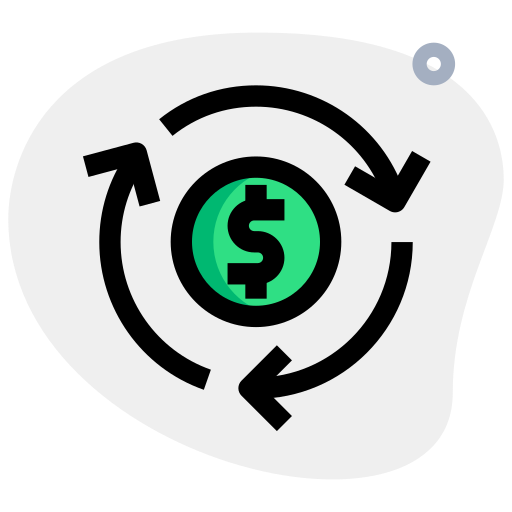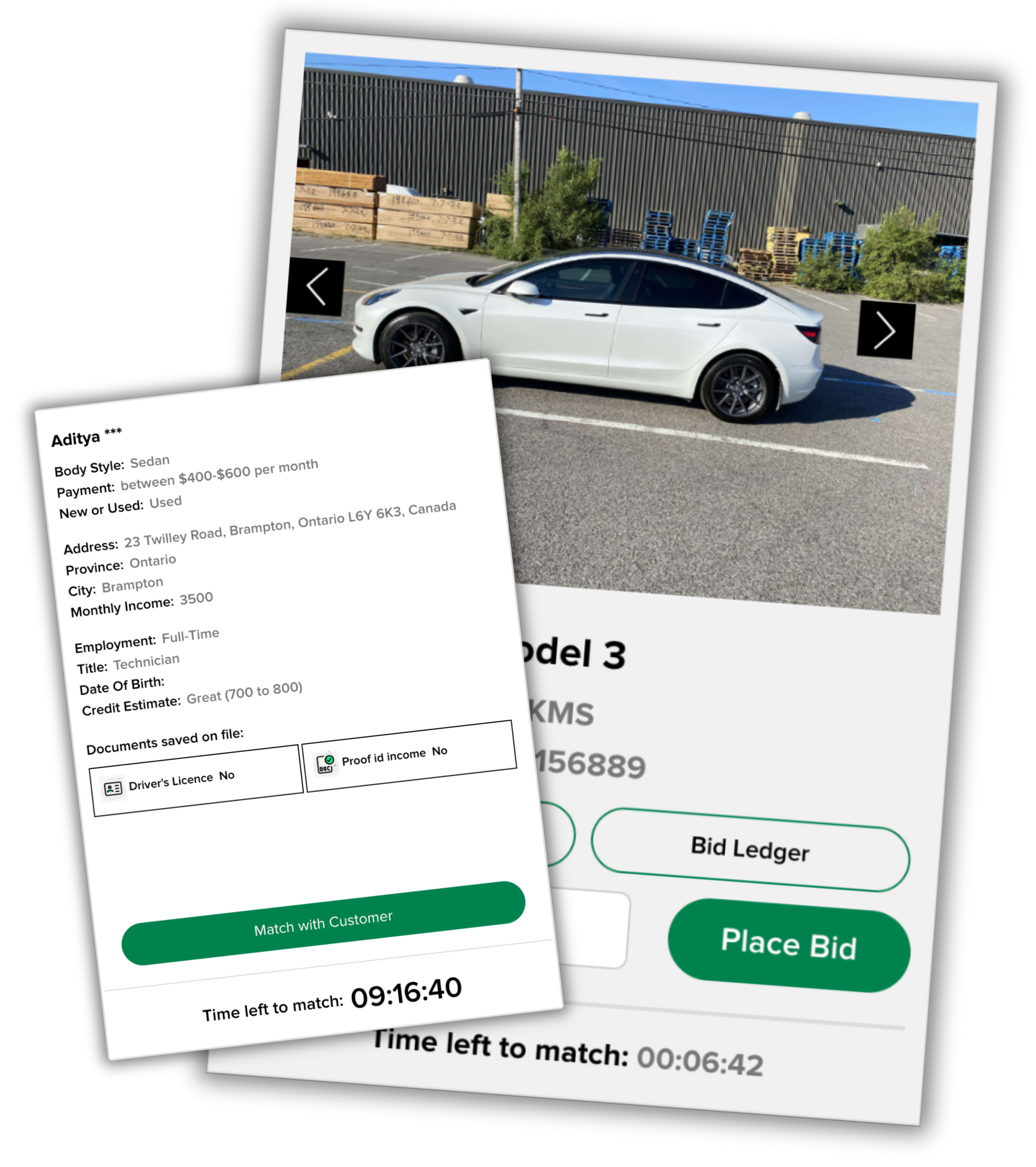How to: Generate Leads at a New or Used Car Dealership
Generate
high-intent, qualified customers
who are interested in buying or selling with Google Ads managed by Inculeader.
Introduction
In the competitive realm of automotive sales, the ability to generate high-quality leads is essential for the sustained success of a car dealership. As consumer behavior evolves, so do the strategies necessary to capture and convert potential buyers into customers. This essay explores various lead generation strategies for car dealerships, focusing on the digital landscape, and incorporates relevant statistics to provide insights into the effectiveness of digital versus physical and organic versus paid advertising.
I. Understanding the Modern Car Buying Journey
Before delving into lead generation strategies, it's crucial to understand the modern car buying journey. Consumers today are more empowered and informed than ever, utilizing digital channels to research, compare, and make purchasing decisions. According to a study by Cox Automotive, car buyers spend an average of 14 hours researching online before making a purchase, highlighting the significance of a strong digital presence in lead generation.
II. Digital vs. Physical Lead Generation
- Digital Lead Generation:
- Website Optimization: A dealership's website is often the first point of contact for potential buyers. Optimizing the website for user experience, mobile responsiveness, and relevant content is essential. According to Google, 61% of users are unlikely to return to a mobile site they had trouble accessing, emphasizing the importance of a seamless online experience.
- Search Engine Optimization (SEO): Utilizing SEO best practices ensures that a dealership's website ranks high in search engine results. According to a study by HubSpot, 75% of users never scroll past the first page of search results. Investing in SEO increases visibility and drives organic traffic to the website.
- Content Marketing: Creating valuable and relevant content, such as blog posts, articles, and videos, establishes the dealership as an authority in the industry. Content marketing generates leads by attracting and engaging potential buyers. According to Demand Metric, content marketing costs 62% less than traditional marketing and generates about three times as many leads.
- Social Media Marketing: Social media platforms provide a powerful avenue for lead generation. According to Statista, the number of social media users worldwide is projected to reach 4.41 billion in 2025. Dealerships can leverage platforms like Facebook, Instagram, and Twitter to engage with potential customers, showcase inventory, and run targeted advertising campaigns.
- Email Marketing: Implementing email marketing campaigns allows dealerships to nurture leads over time. According to the Direct Marketing Association, email marketing has an average ROI of 42:1. By sending personalized and timely messages, dealerships can keep their brand top-of-mind for potential buyers.
- Online Advertising: Paid online advertising, including display ads, search ads, and social media ads, can effectively target specific demographics and behaviors. According to Statista, digital advertising spending in the United States is projected to reach $238.82 billion in 2023. Dealerships can allocate budget strategically to reach potential buyers where they spend a significant amount of their time – online.
- Physical Lead Generation:
- Traditional Advertising: While digital channels dominate, traditional advertising methods such as television, radio, and print still play a role in reaching local audiences. According to Nielsen, radio reaches 92% of U.S. adults weekly, showcasing the continued relevance of traditional media.
- Community Events and Sponsorships: Participating in local events, sponsoring community initiatives, and hosting dealership events can create a physical presence that fosters connections with potential buyers. According to Eventbrite, 78% of millennials prefer spending money on experiences rather than things, making community engagement a valuable avenue for lead generation.
- Direct Mail Marketing: Despite being considered traditional, direct mail marketing can be a targeted and effective way to reach specific demographics. According to the Data & Marketing Association, direct mail response rates outperform digital channels, with a 5.3% response rate for house lists.
III. Organic vs. Paid Advertising
- Organic Advertising:
- Search Engine Optimization (SEO): Organic search results are the non-paid listings that appear based on the relevance of content to the user's search query. According to BrightEdge, organic search drives 51% of all website traffic, making SEO a crucial component of organic lead generation.
- Content Marketing: Organic content, such as blog posts and informative videos, contributes to a dealership's online visibility. Valuable content not only attracts potential buyers but also establishes trust and credibility. According to the Content Marketing Institute, content marketing generates three times as many leads as traditional outbound marketing.
- Social Media Engagement: Building an organic social media presence involves engaging with the audience through regular posts, comments, and shares. According to the GlobalWebIndex, 54% of social browsers use social media to research products, making social media engagement a key element of organic lead generation.
- Paid Advertising:
- Search Engine Marketing (SEM): Paid search ads appear at the top of search engine results pages, providing immediate visibility to potential buyers. According to WordStream, businesses make an average of $2 in revenue for every $1 they spend on Google Ads, illustrating the potential ROI of paid search advertising.
- Social Media Advertising: Paid social media advertising allows dealerships to target specific demographics, behaviors, and interests. According to Hootsuite, the average click-through rate for Facebook ads is 1.1%, providing a targeted and measurable approach to lead generation.
- Display Advertising: Display ads, including banner ads and video ads, can be strategically placed on relevant websites to reach a broader audience. According to eMarketer, display advertising spending in the United States is projected to reach $83.15 billion in 2023, indicating sustained investment in this channel.
IV. Integrating Digital Marketing Channels for Optimal Results
Effective lead generation often involves a synergistic approach that integrates various digital marketing channels to create a cohesive strategy.
- Multichannel Marketing: Utilizing a combination of digital channels ensures that dealerships reach potential buyers at different touchpoints in their online journey. According to a study by Deloitte, businesses with strong multichannel customer engagement strategies retain an average of 89% of their customers, compared to 33% for companies with weak strategies.
- Marketing Automation: Implementing marketing automation tools streamlines lead nurturing processes by delivering personalized and timely messages. According to Nucleus Research, marketing automation drives a 14.5% increase in sales productivity and a 12.2% reduction in marketing overhead.
- Data Analytics and Measurement: Leveraging data analytics allows dealerships to measure the effectiveness of their lead generation efforts. Tools like Google Analytics and customer relationship management (CRM) software provide valuable insights into website traffic, user behavior, and lead conversion rates. According to Forrester, companies that prioritize data-driven marketing are six times more likely to be profitable year-over-year.
V. Case Studies and Success Stories
Examining real-world examples can provide insights into the practical application and success of lead generation strategies in the automotive industry.
- Tesla's Digital-First Approach: Tesla, an electric car manufacturer, has revolutionized the automotive industry with its digital-first approach. By eschewing traditional dealerships and adopting a direct-to-consumer model, Tesla leverages its website, social media, and online advertising to generate leads and drive sales. According to Statista, Tesla's revenue reached $31.54 billion in 2020, showcasing the success of its digital-focused strategy.
- Ford's Social Media Engagement: Ford, a long-established automaker, has successfully embraced social media to engage with its audience. Through platforms like Instagram and Twitter, Ford showcases its vehicles, interacts with followers, and runs targeted advertising campaigns. According to Sprout Social, brands that engage on social media enjoy higher customer loyalty, making Ford's social media strategy a key component of its lead generation efforts.
VI. Challenges and Future Trends
While digital lead generation offers numerous benefits, challenges and evolving trends must be considered to stay ahead of the curve.
- Challenges:
- Ad Blocking: The rise of ad-blocking technology poses a challenge to digital advertising efforts. According to Statista, the global number of devices with ad-blocking software installed is projected to reach 1.16 billion by 2021. Dealerships must find creative ways to engage with users while respecting their preferences.
- Data Privacy Concerns: Heightened concerns about data privacy necessitate transparent and ethical data practices. According to a survey by Pew Research Center, 79% of U.S. adults are concerned about how companies use their data. Dealerships must prioritize data security and communicate transparently with customers to build trust.
- Future Trends:
- Artificial Intelligence (AI) and Chatbots: Integrating AI and chatbots into lead generation processes can enhance customer interactions. AI-powered chatbots can provide instant responses, schedule appointments, and guide users through the car-buying journey. According to Gartner, by 2023, over 25% of customer service operations will use virtual customer assistants.
- Voice Search Optimization: With the increasing prevalence of voice-activated devices, optimizing content for voice search is becoming crucial. According to ComScore, 50% of all searches will be voice searches by 2022. Dealerships can adapt their content and SEO strategies to align with the rise of voice-activated search.
- Augmented Reality (AR) for Virtual Test Drives: Augmented reality can revolutionize the car-buying experience by offering virtual test drives. According to Statista, the AR market is expected to reach $70-75 billion in revenue by 2023. Dealerships can leverage AR to provide immersive and interactive experiences that resonate with potential buyers.
VII. Conclusion
Lead generation for car dealerships has evolved significantly in the digital age, requiring a comprehensive and adaptive approach to navigate the dynamic landscape. Understanding the interplay between digital and physical channels, as well as organic and paid advertising, is essential for maximizing the effectiveness of lead generation efforts.
By optimizing websites, embracing content marketing, leveraging social media, and utilizing paid advertising strategically, car dealerships can create a robust digital presence that attracts and engages potential buyers. Integrating data analytics, marketing automation, and multichannel marketing ensures a holistic approach to lead generation that aligns with the preferences and behaviors of today's consumers.
As the automotive industry continues to evolve, staying informed about challenges, trends, and emerging technologies is crucial for staying ahead of the competition. By embracing innovation, prioritizing customer engagement, and continuously refining lead generation strategies, car dealerships can position themselves for success in the ever-changing landscape of automotive sales.
Match with buyers
and bid on cars.
Match with
high-intent, qualified customers
who are interested in buying or selling a vehicle.
A Dealership in Ontario spent $2,000 in their 1st month to earn $18,000 it Net Profit. Book a demo to discover the #DealerhopDifference.*




